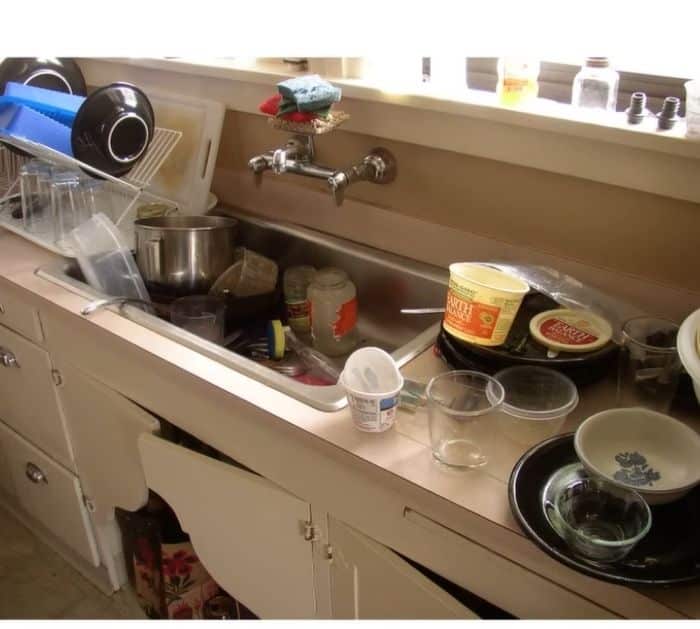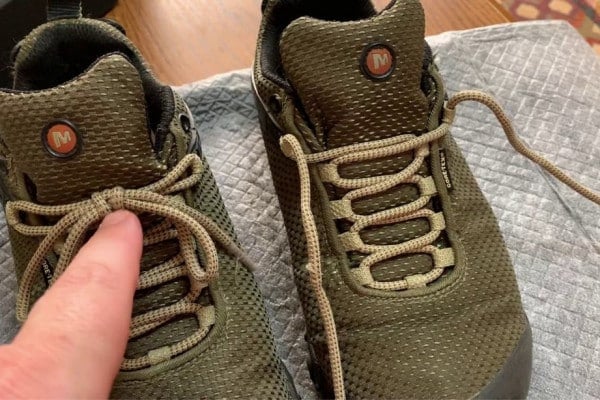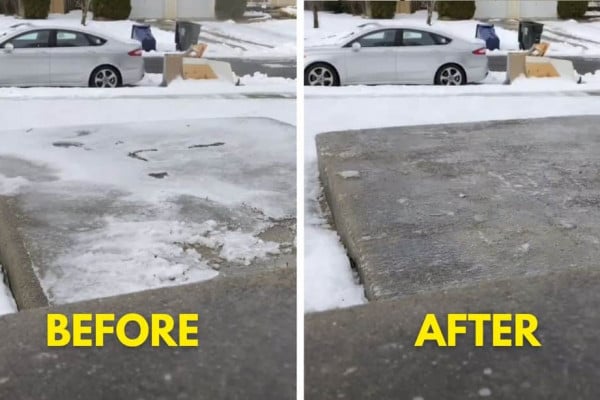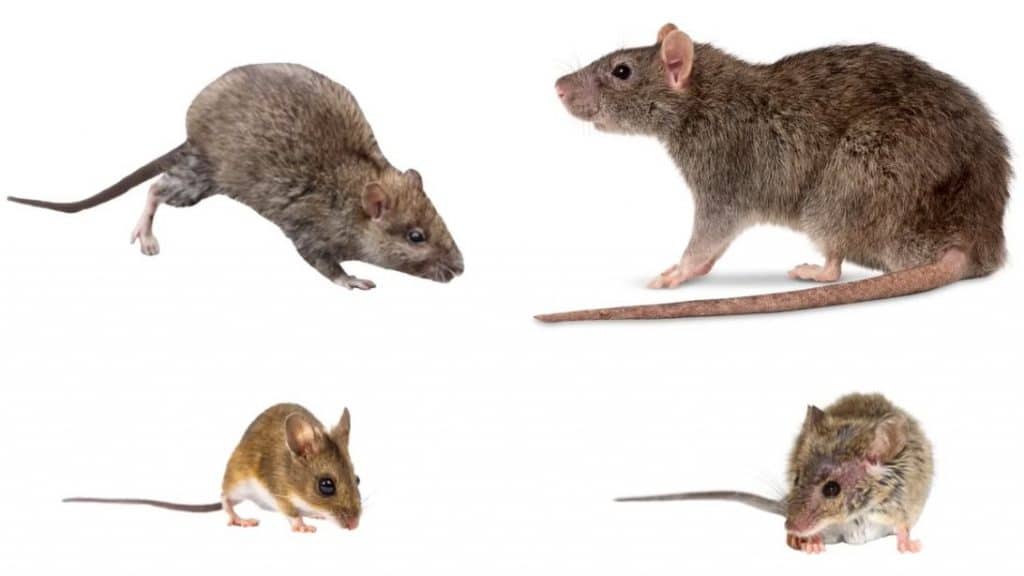
Rats are one of the most common household pets. They are not only dirty, but they can also spread disease and contaminate food in homes. They can be annoying and tricky to get rid of. But do not worry! Solutions Pest & Lawn is here to help. This 4 step process to get rid of rats and mice is proven and tested. Once you apply and follow the steps, they will be gone in no time.
RELATED: How to Use Vicks Vapo-Rub To Get Rid of Mice and Rats Fast
Rats like moisture, warm, and dark places. That’s why you see a lot of them in your home during the cold months. Our dry homes invite these small creatures, especially if we leave food and water on our countertops and sinks. They also like drains, sewers, basements, and attics. You can also try these natural ways to get rid of rats and mice if you don’t want to harm them.
1 – Identify the type of rat
Norway rats
- weighs 15 to 16 ounces
- typically found outdoors
- blunt nose
- small ears
- small eyes
Roof rat
- weighs 11 to 14 ounces
- typically found in attics, trees, along fence lines
- larger eyes
- larger eyes
- pointed nose
Deer mouse
- typically found outdoors
- body 2-3″ long
- tail 2-3″ long
- large ears
- large eyes
- white belly
- gray/brown top
House mouse
- body 2-3″ long
- tail 3-4″ long
- pointed nose
- large eyes
- large ears
2 – Inspection
Inside the house
- Noises up in the attic
- Feces or droppings: Norway rat 3/4″ long with blunt ends, roof rat 1/2″ long with pointed ends, house mouse and deer mouse 1/4″ long with pointed ends
- Rub marks or smear marks along baseboards
- Gnaw marks
- Check doorframe as they leave hair behind
- Foul odors smell like urine
Outside the house
- Holes around the perimeter
- Flowerbeds where vegetation has been compressed down to the soil
[social_warfare buttons=”facebook,pinterest,twitter,whatsapp”]
3 – Control
- Pick up pet food and water that might be left out overnight
- Clean dirty dishes that are left on the countertop or in the sink
- Take the trash out frequently and place it in a metal container
- Look around the plumbing in the bathroom and kitchen if you have large voids or spaces around that as they are places where rodents can enter. Next, take a look at the outside where plumbing actually penetrates the wall if there are large spaces there. For small areas, use a caulk while for large voids, stuff it with copper mesh product.
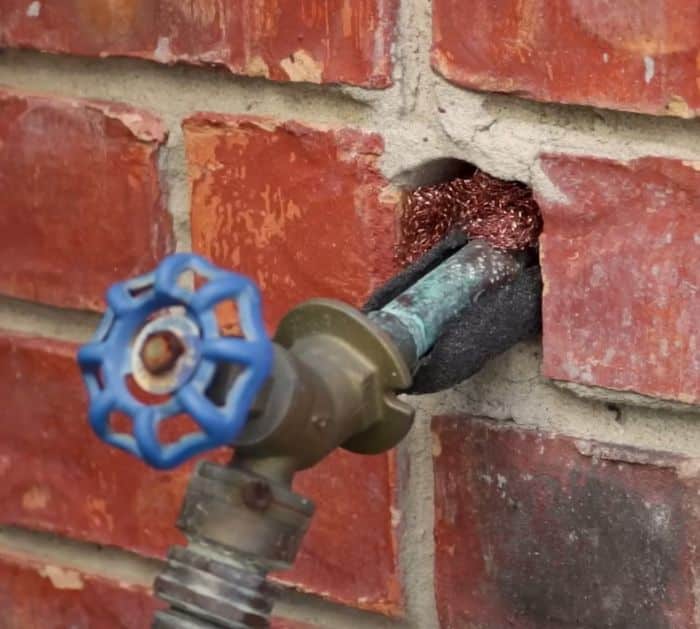
Outside
- bait station with rodenticide
Inside
Place bait traps where there’s activity
- glue trap
- snap trap
- live trap
4 – Prevention
- Clean up the property
- Eliminate unnecessary food or water
- Empty trashcans
- Trim tree limbs
- Clean up flowerbeds
- Clean around birdfeeders
